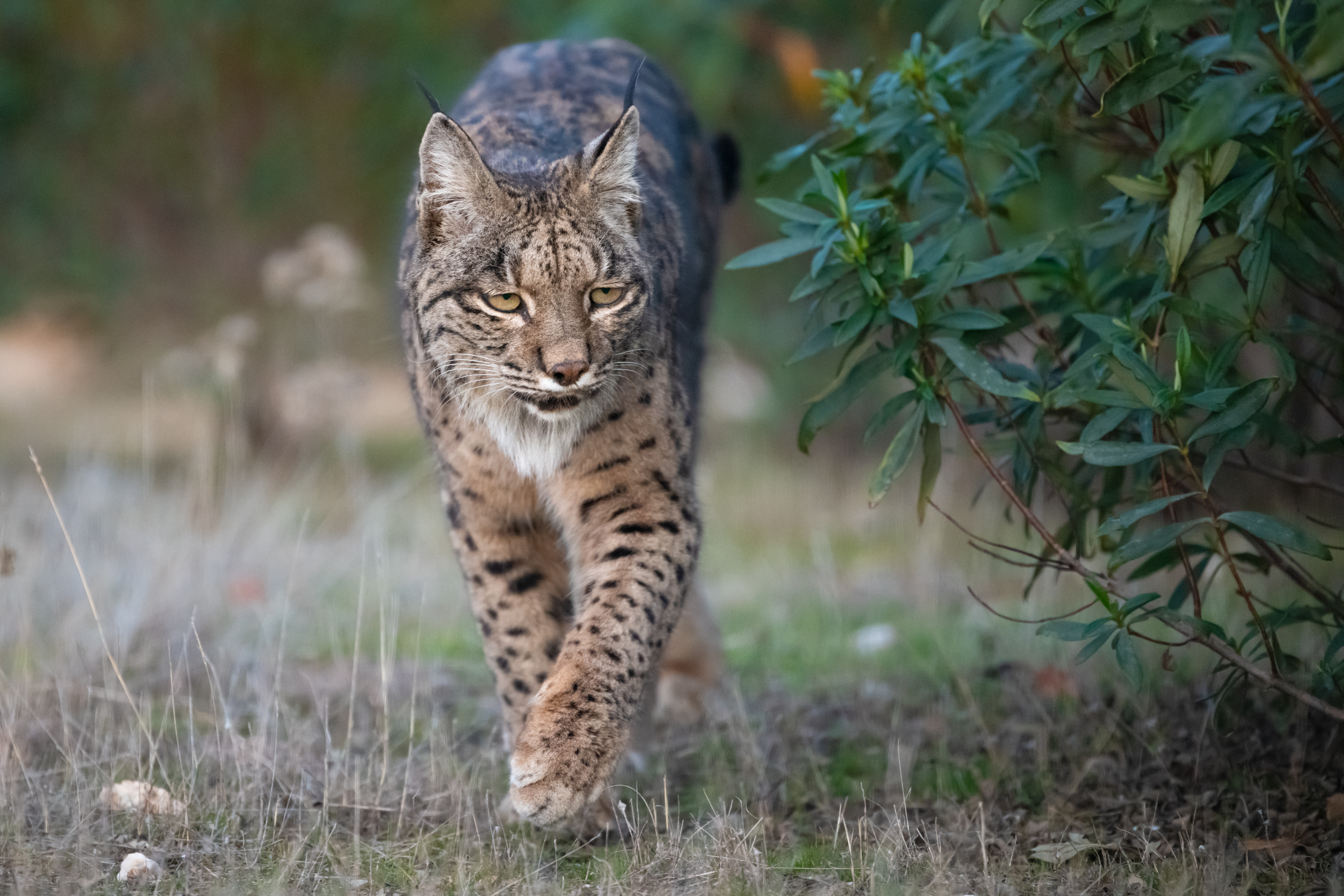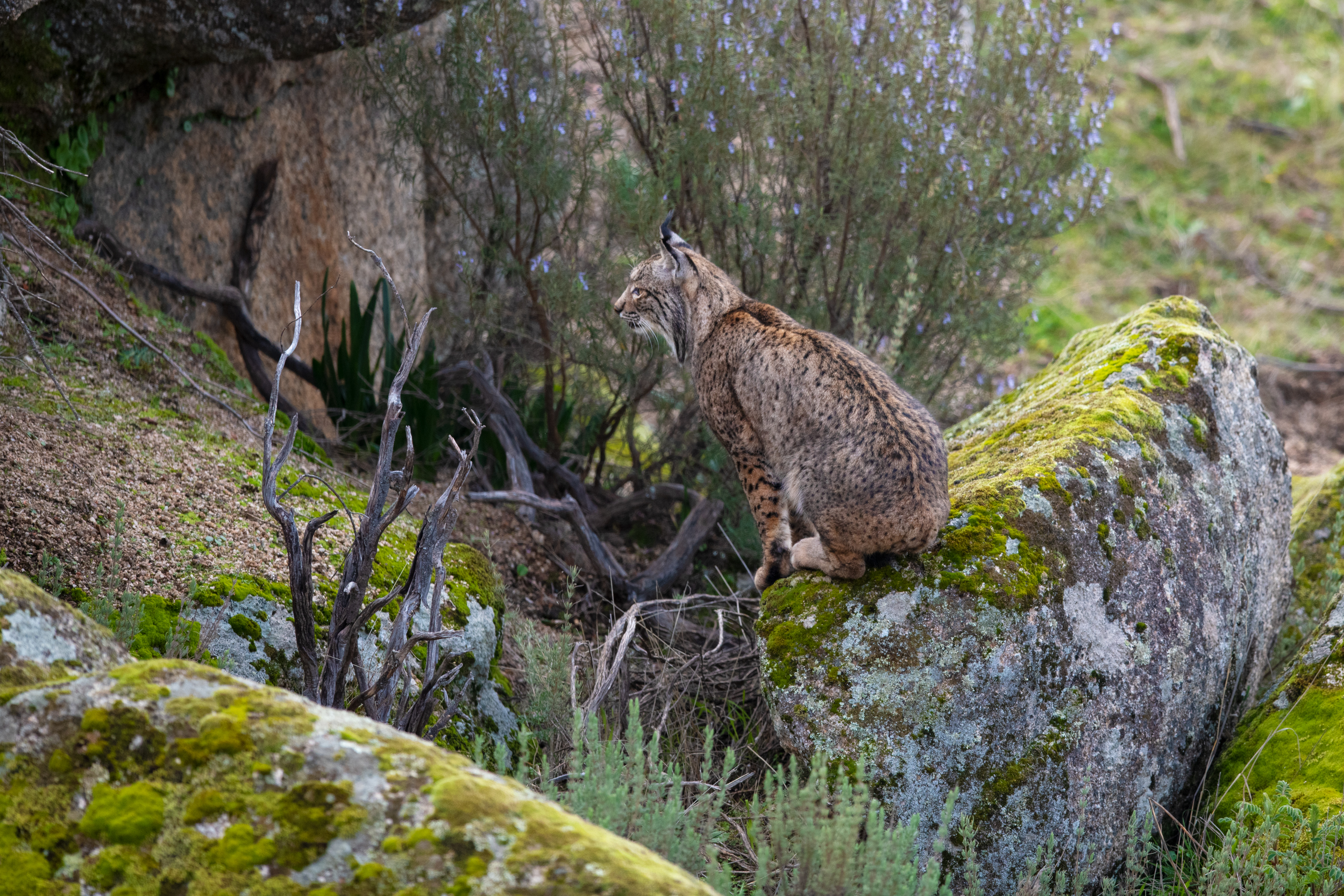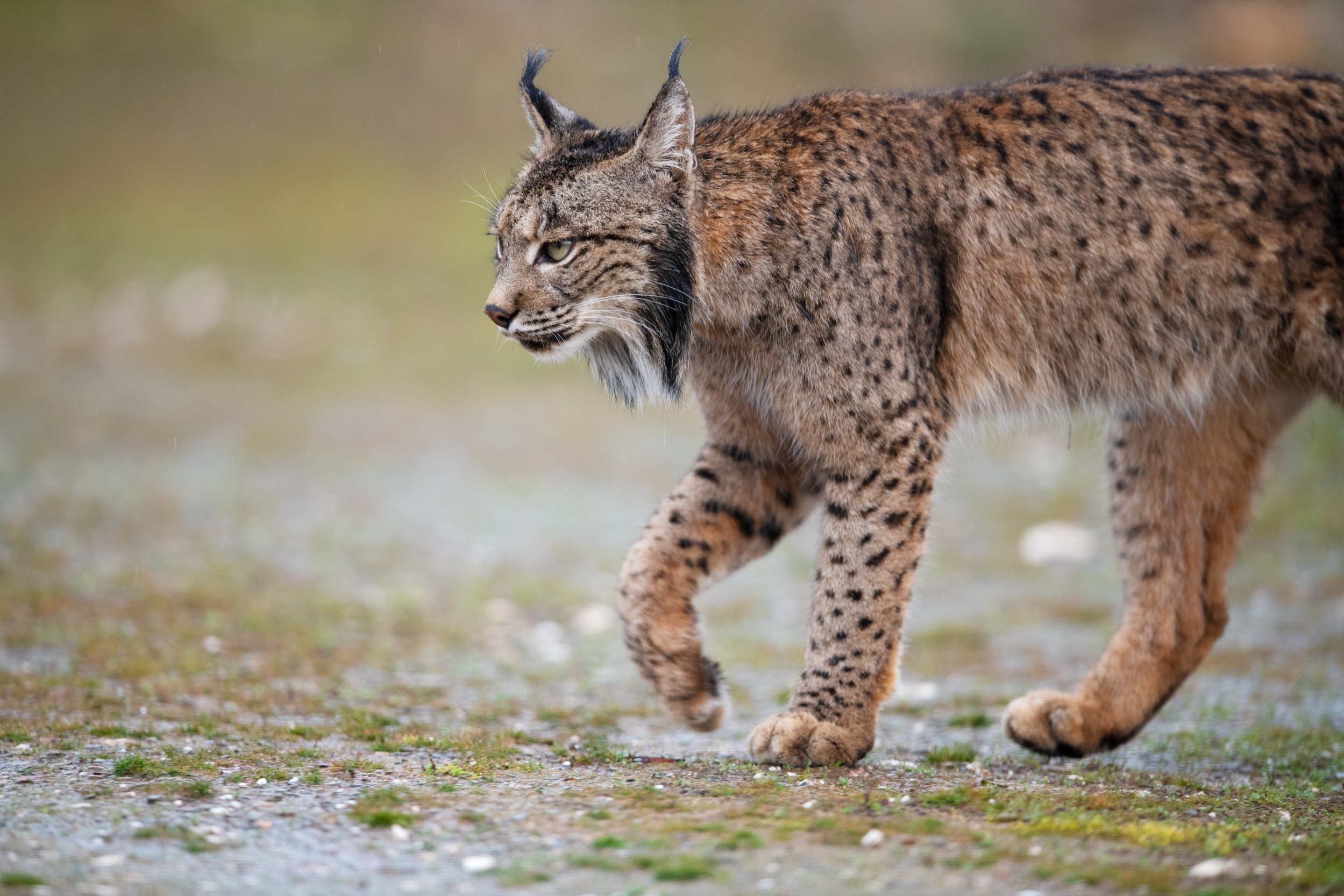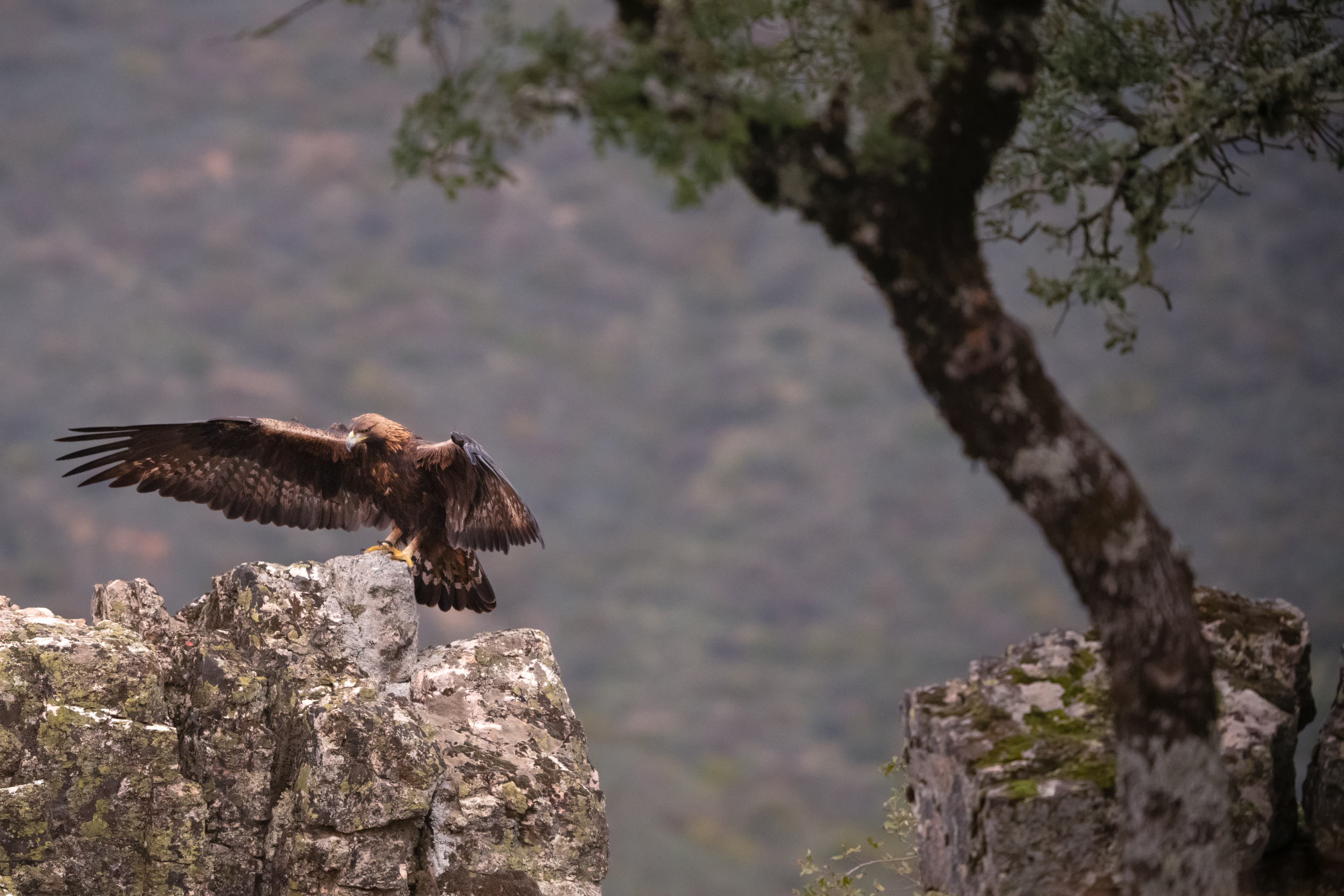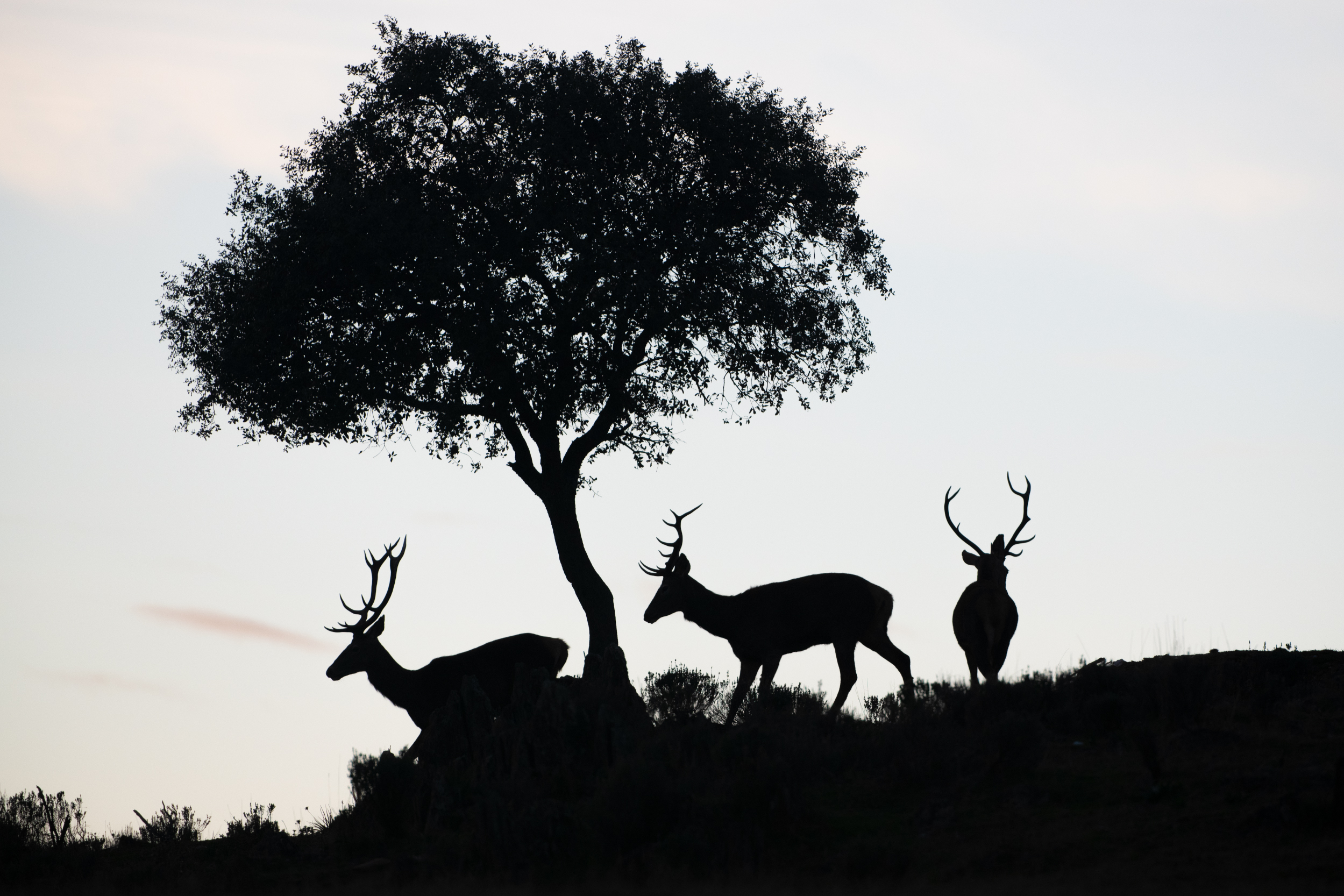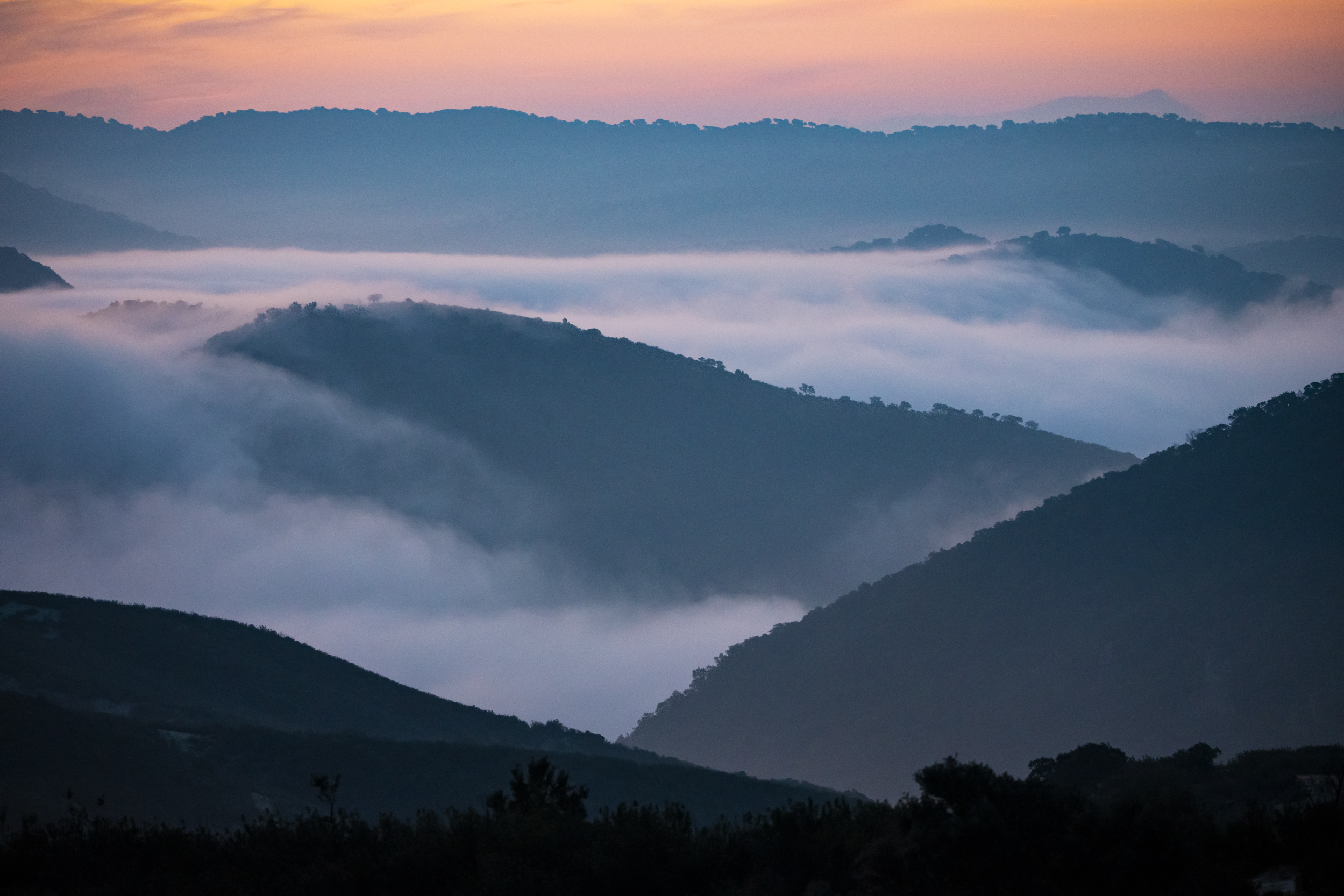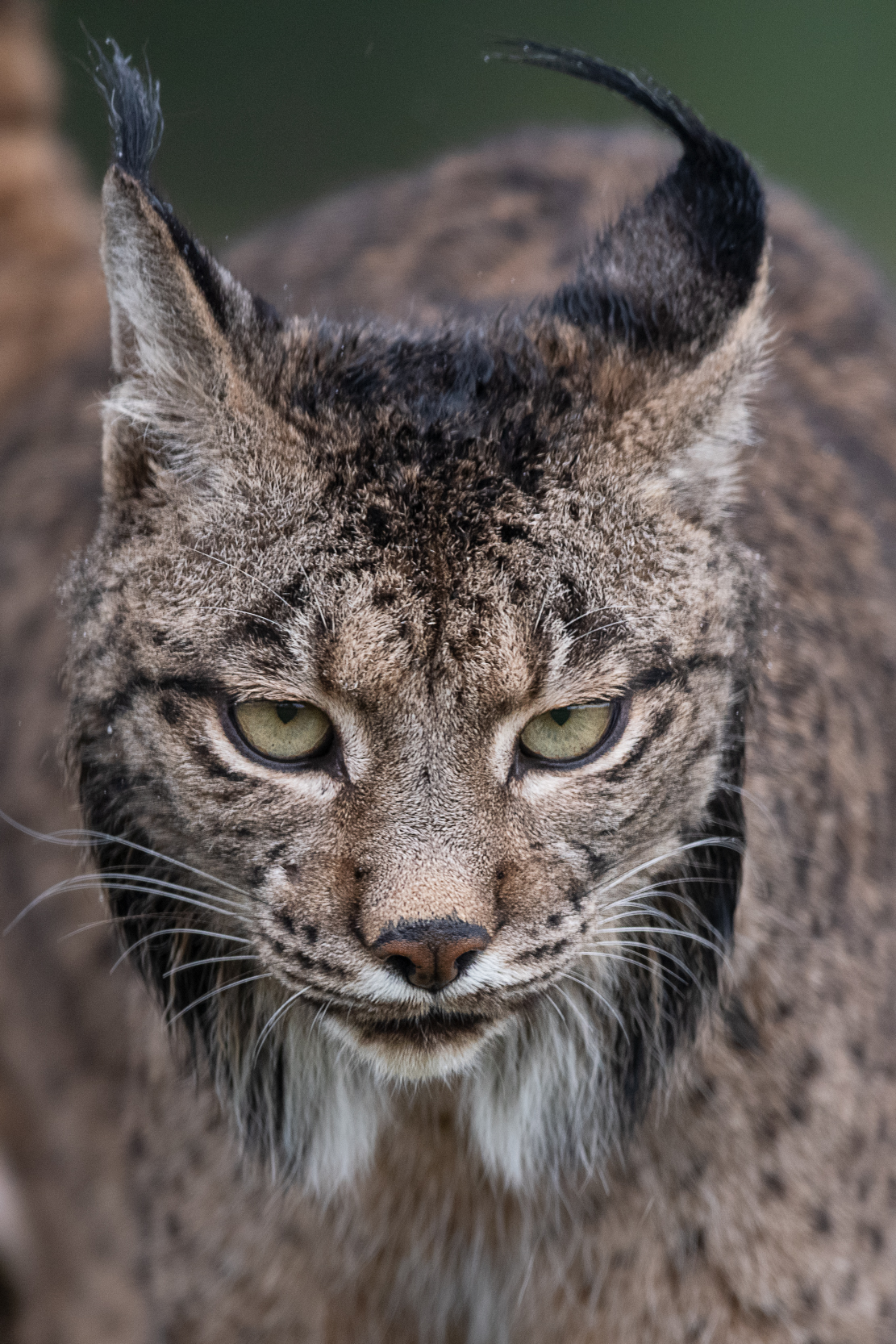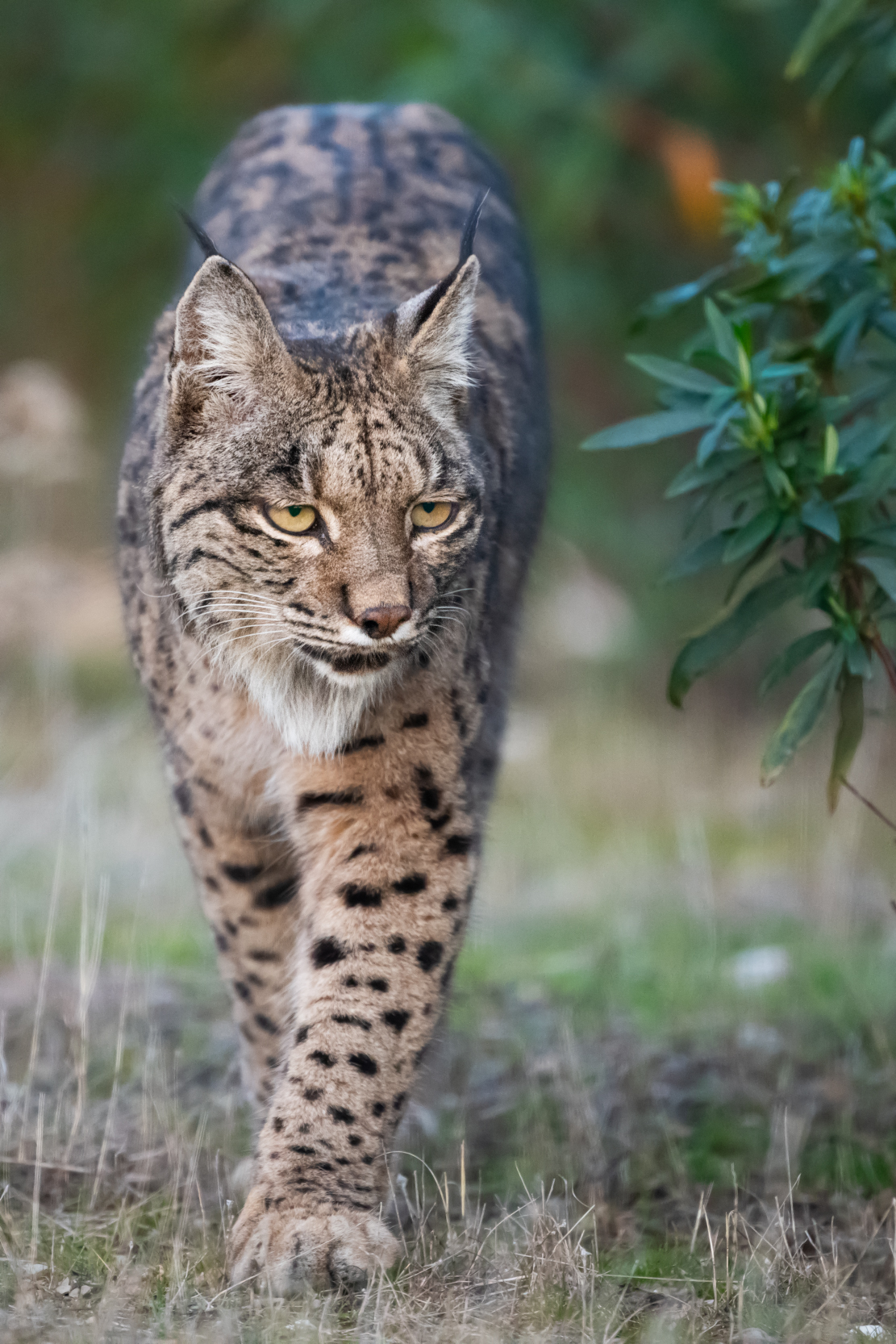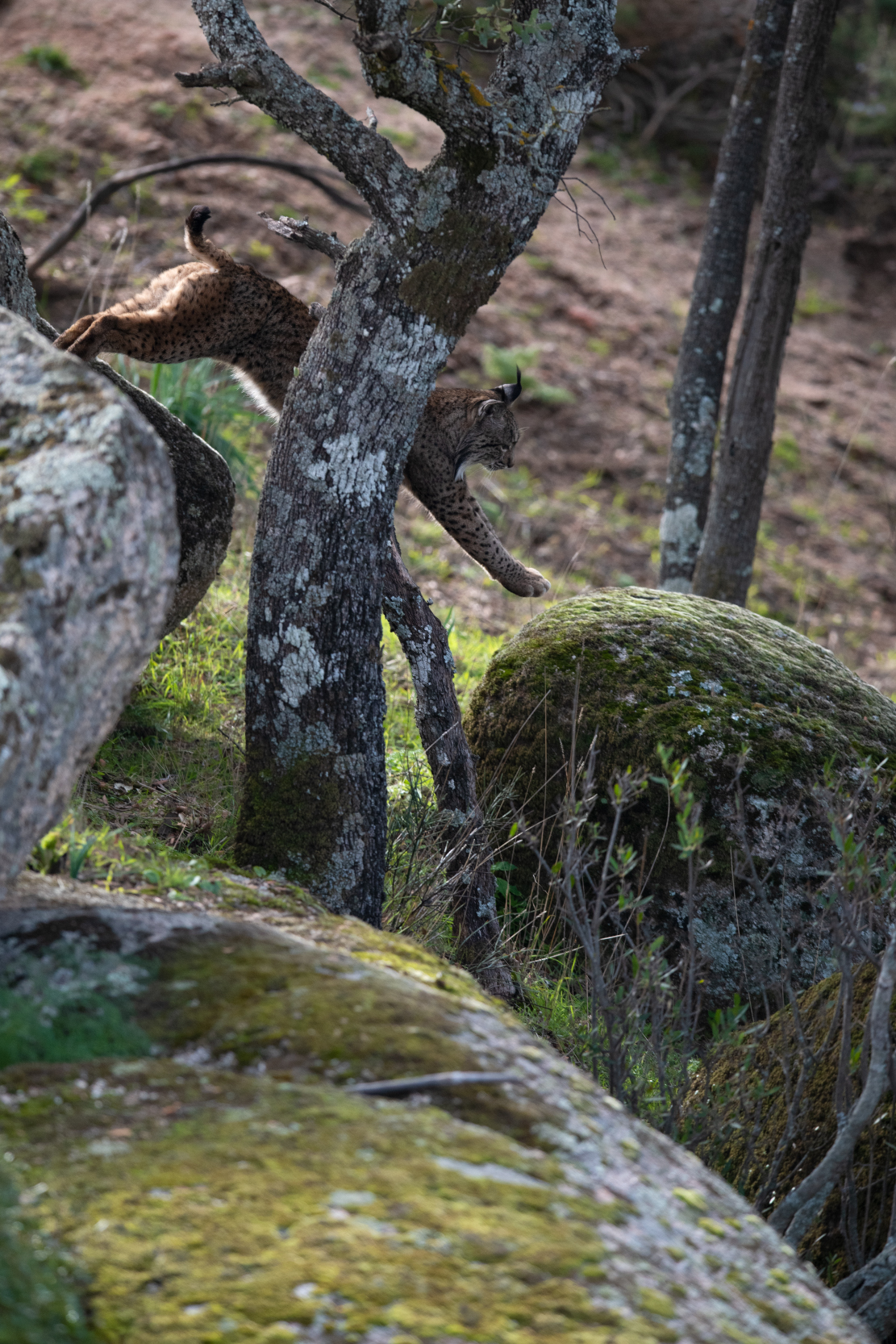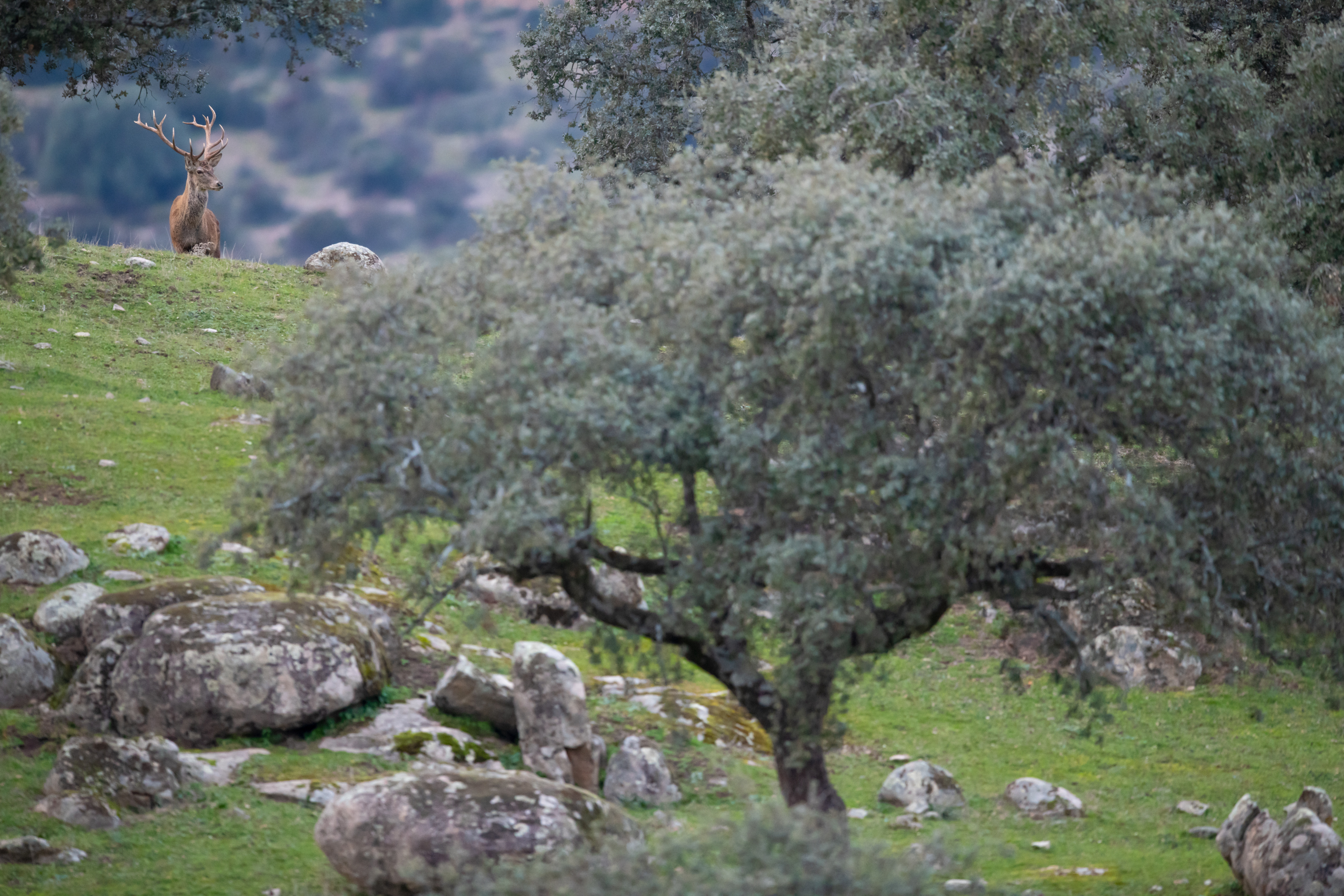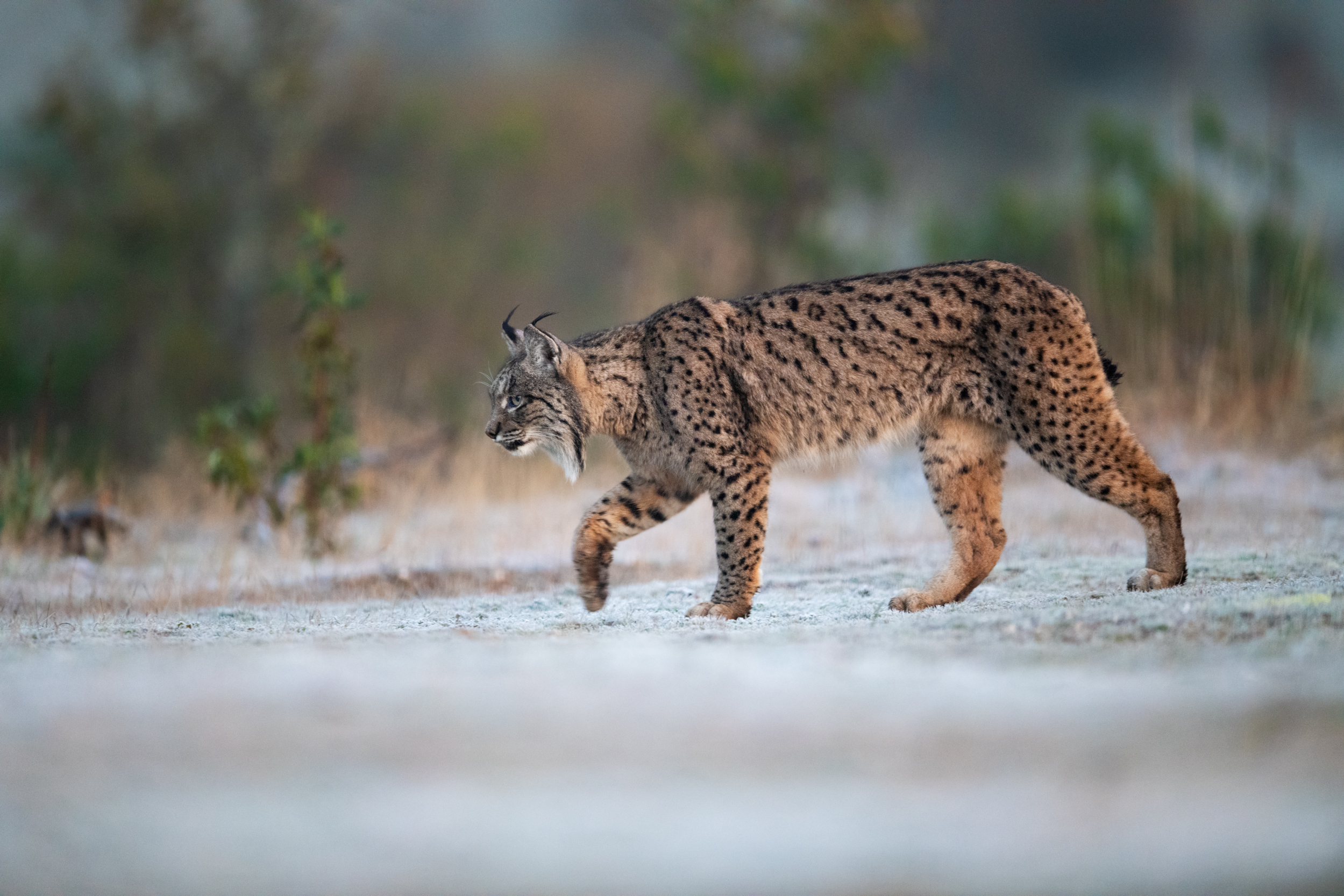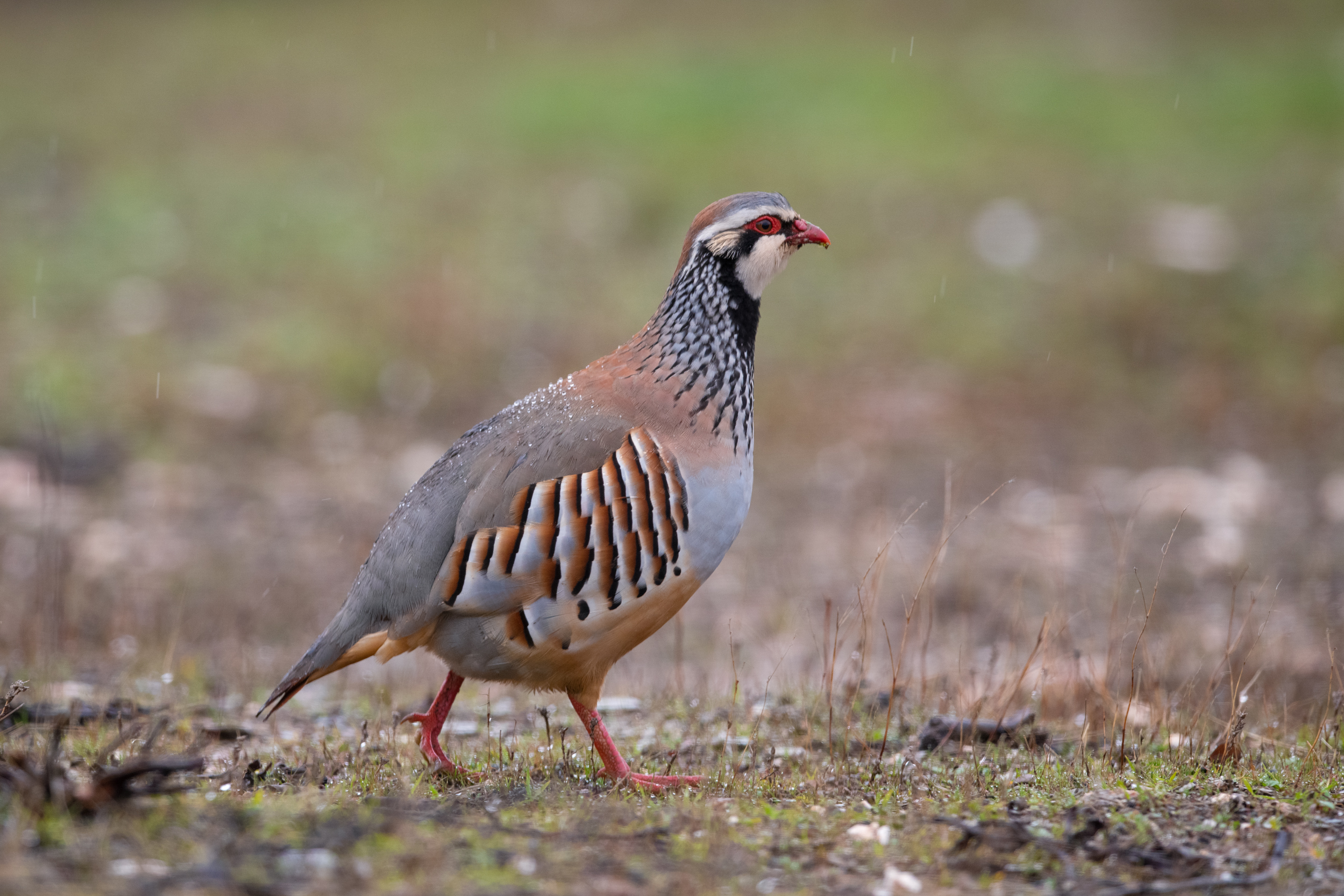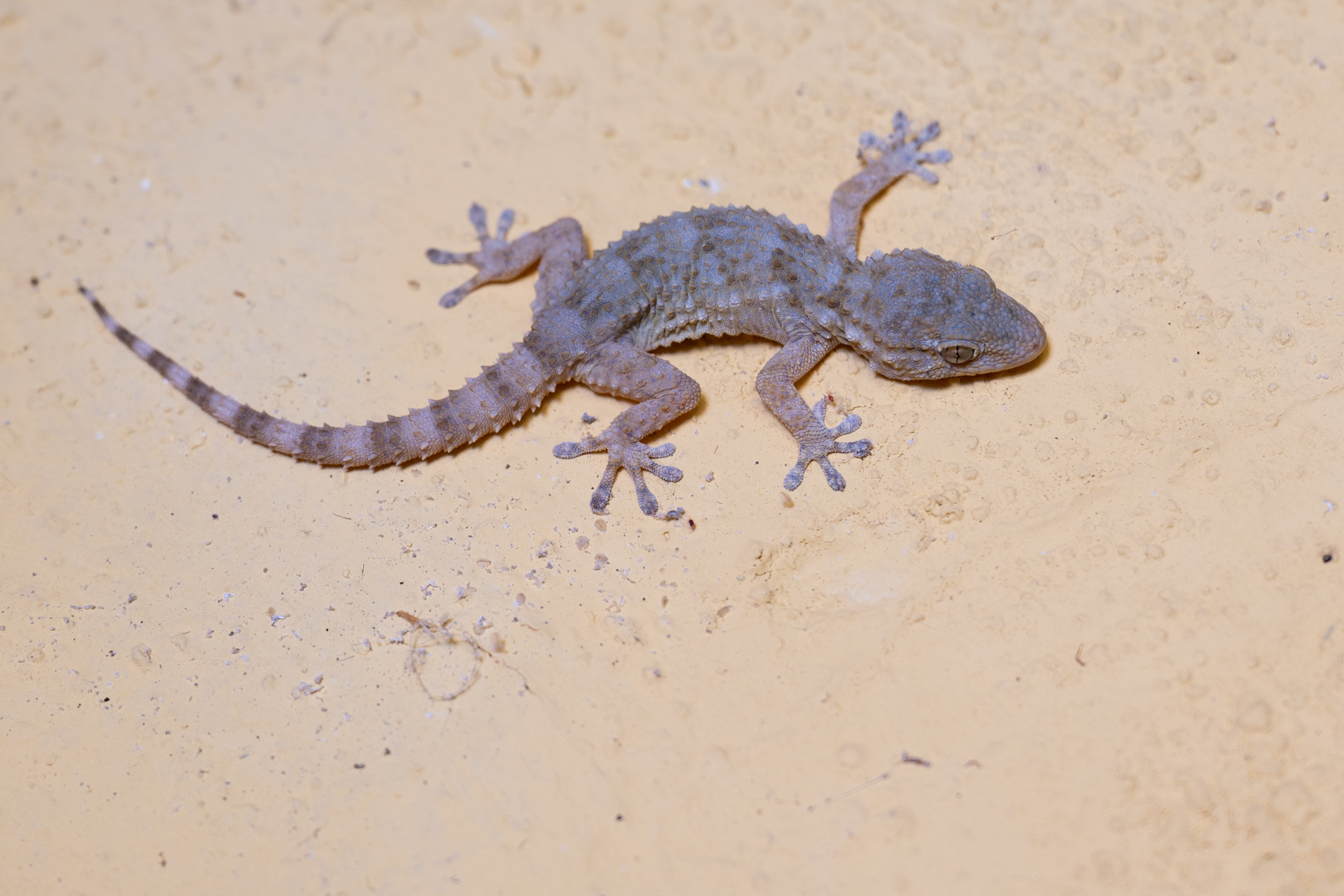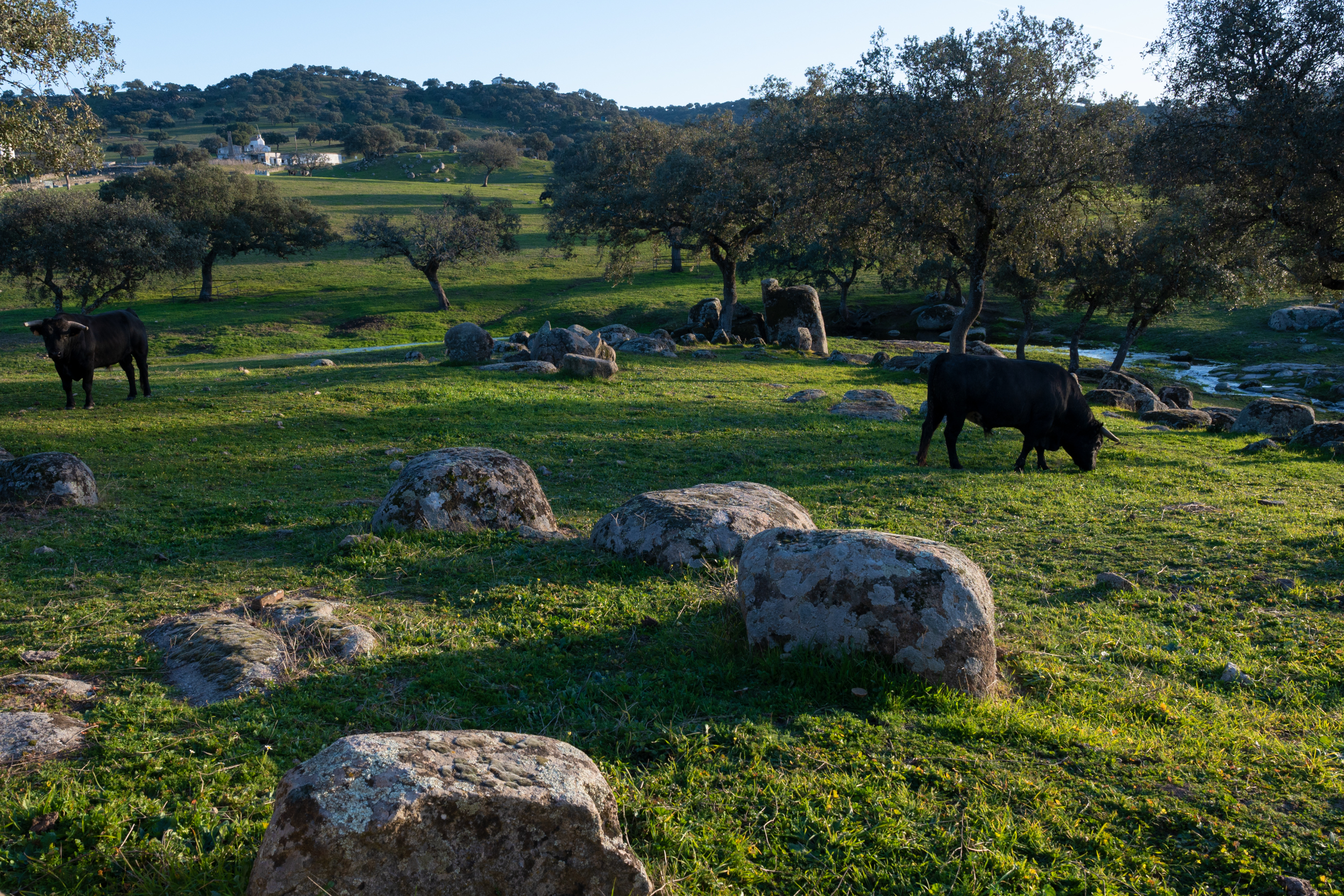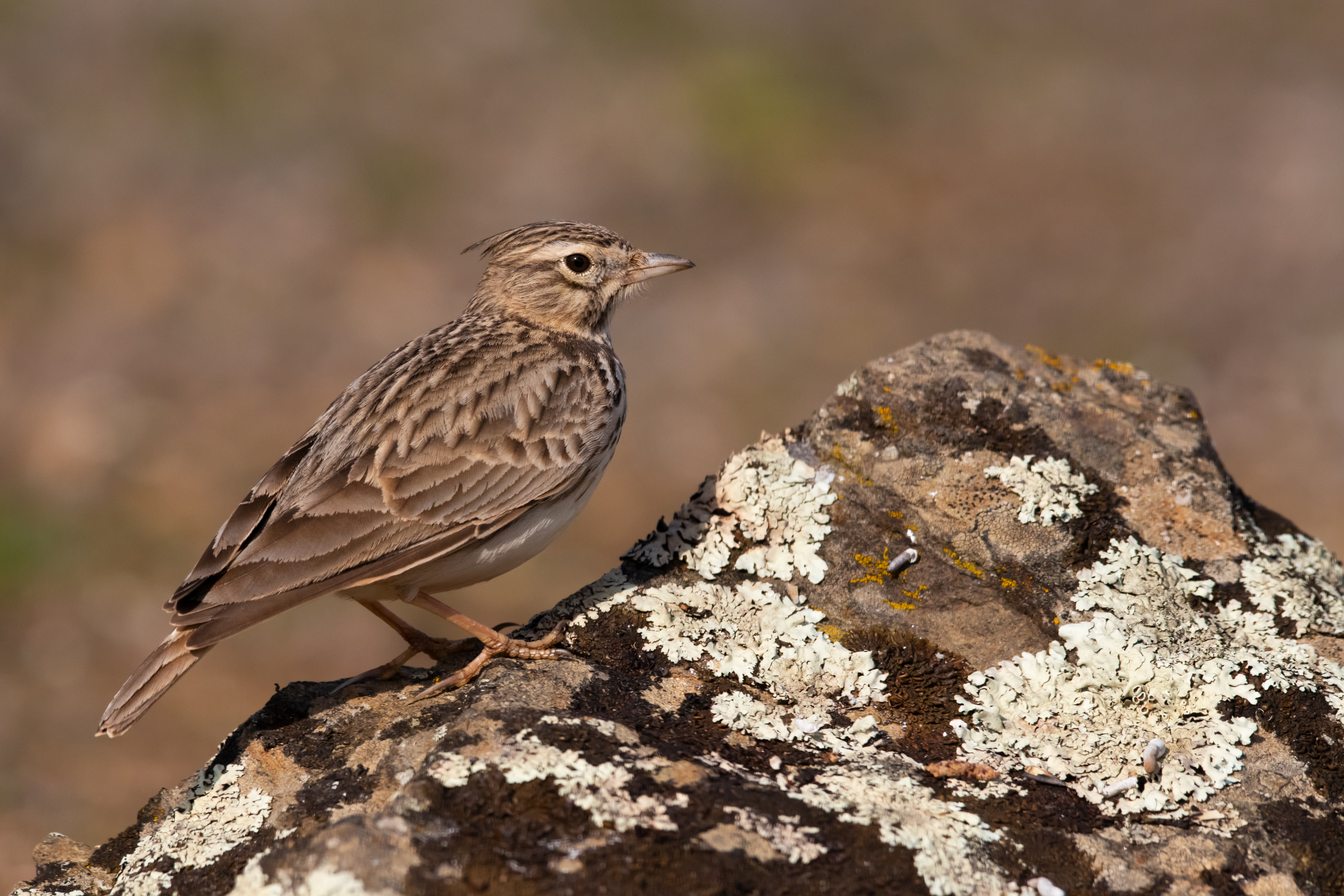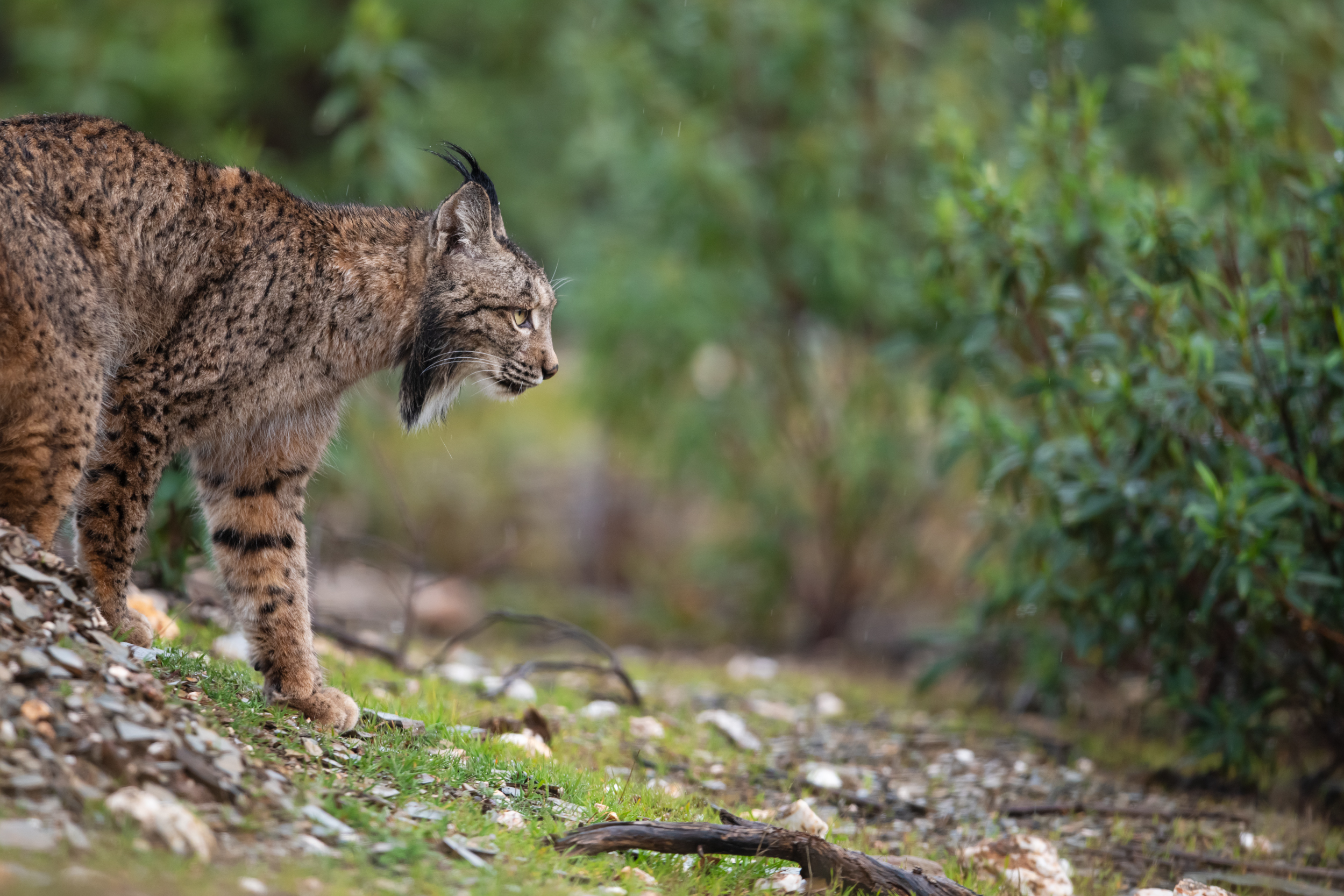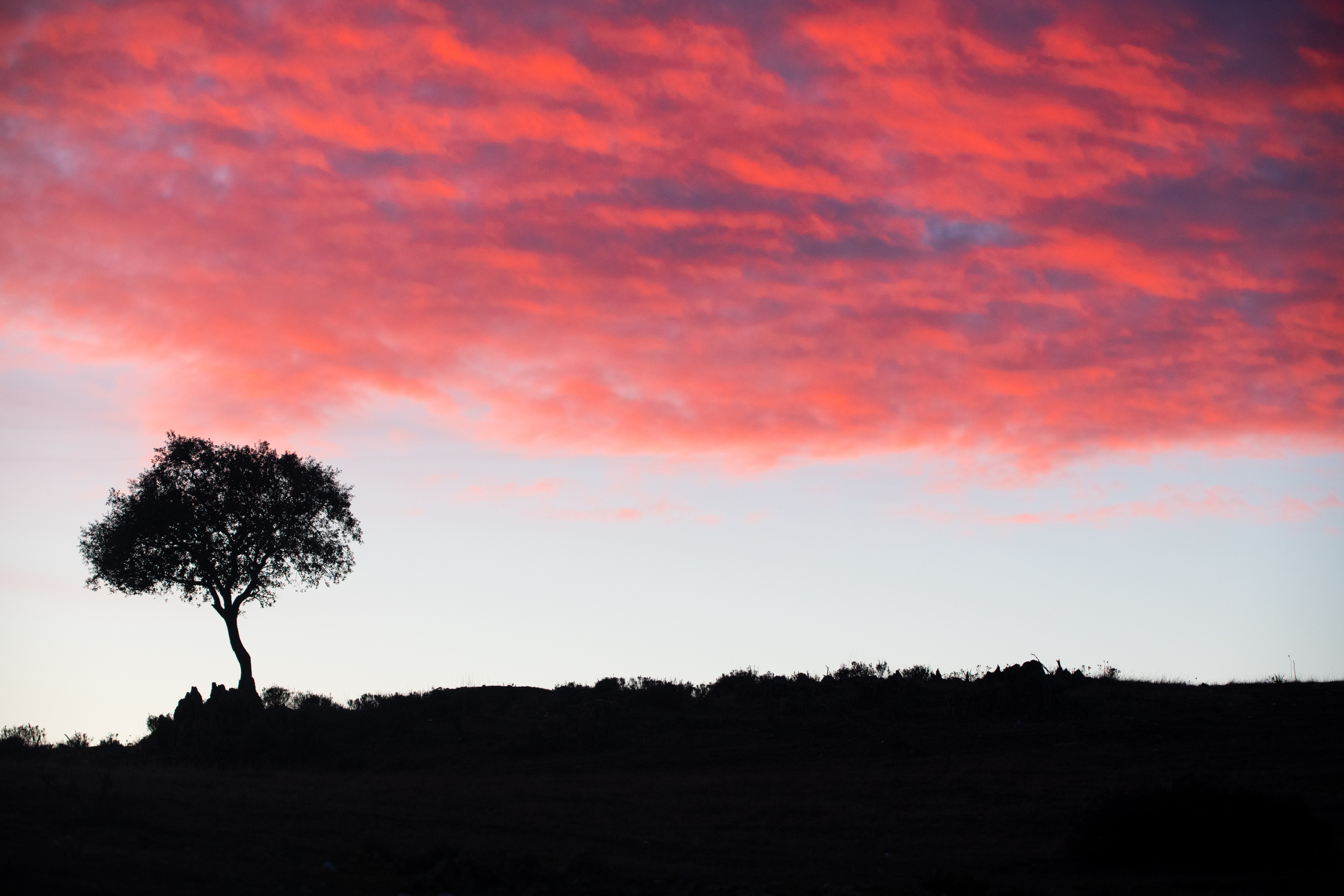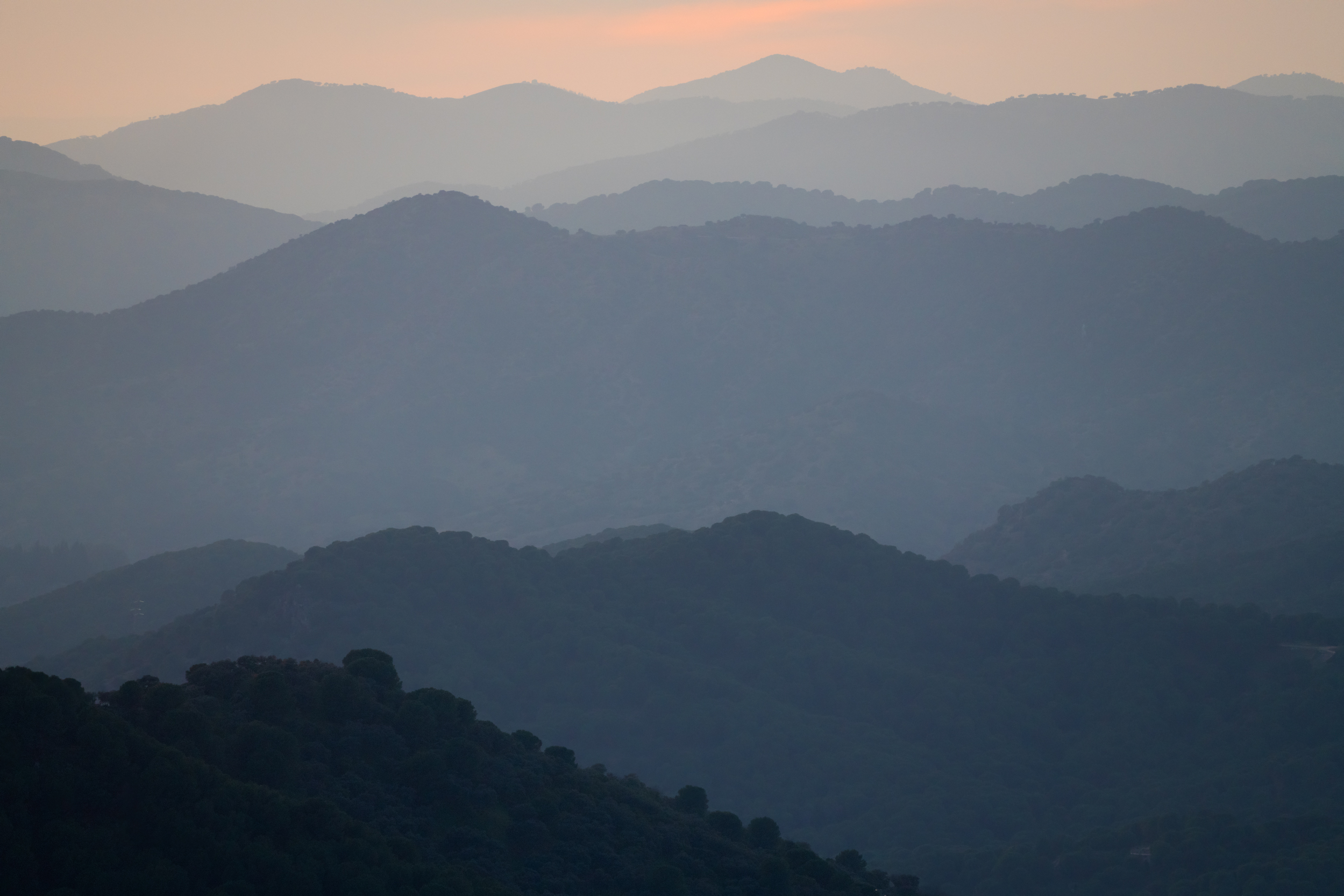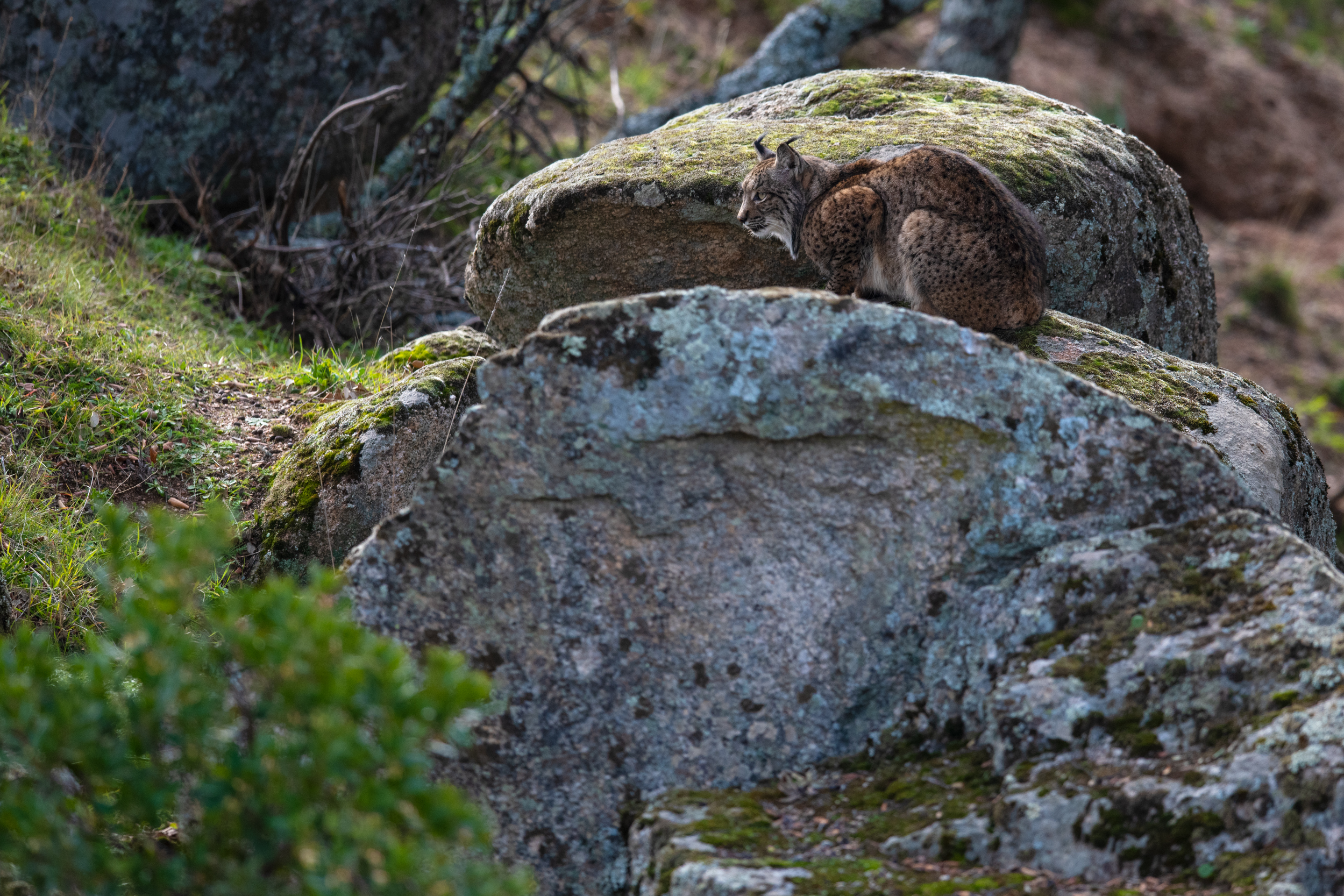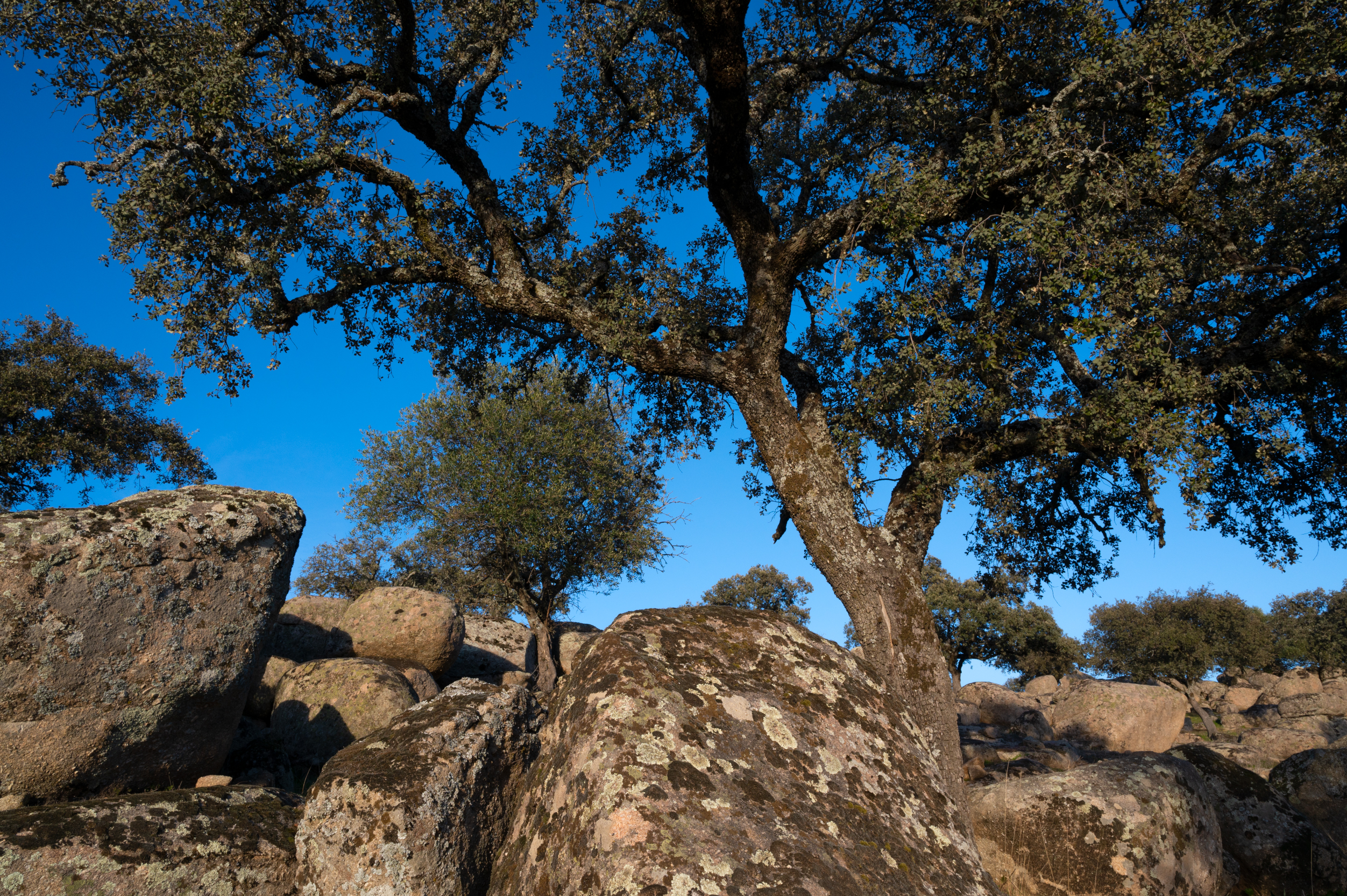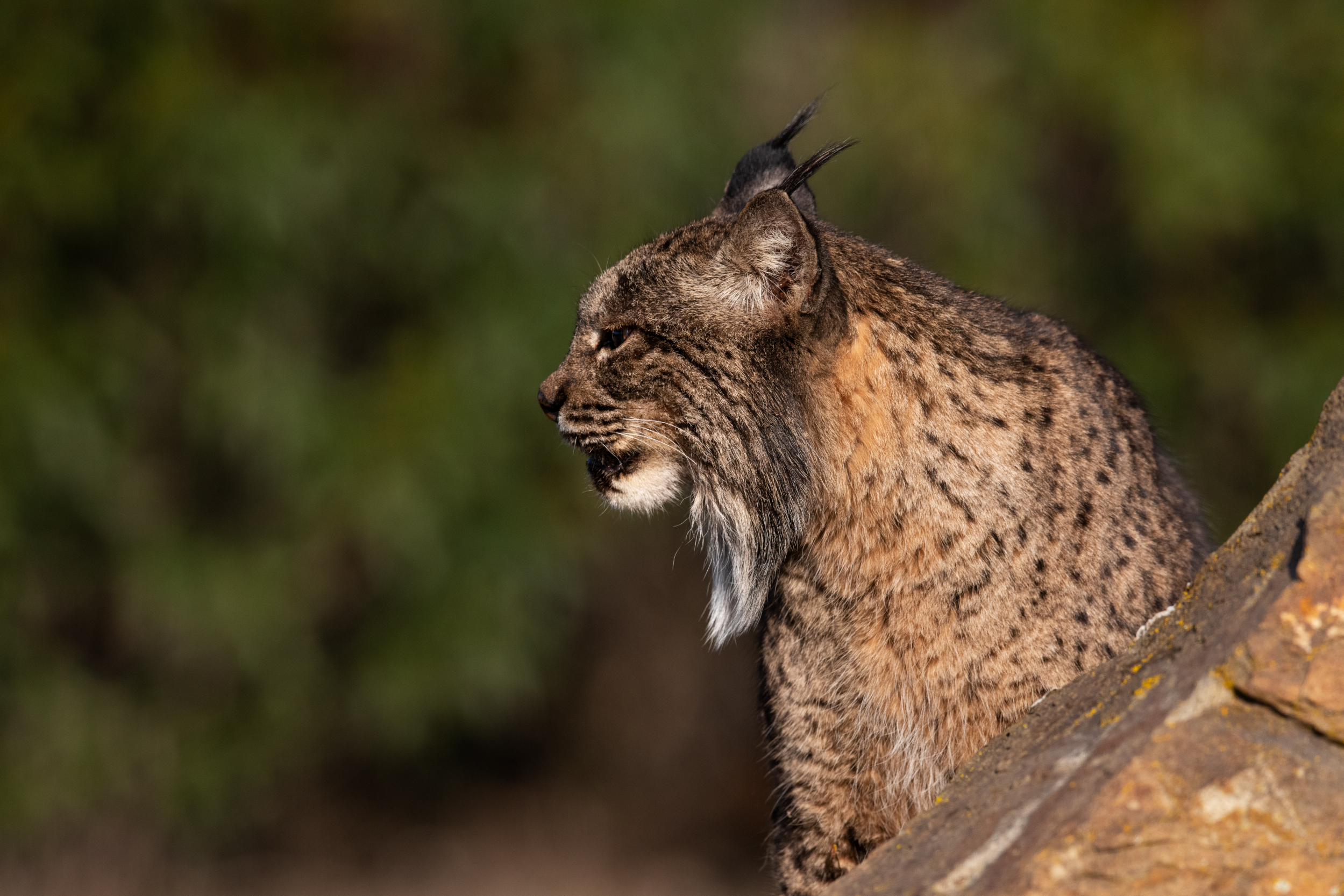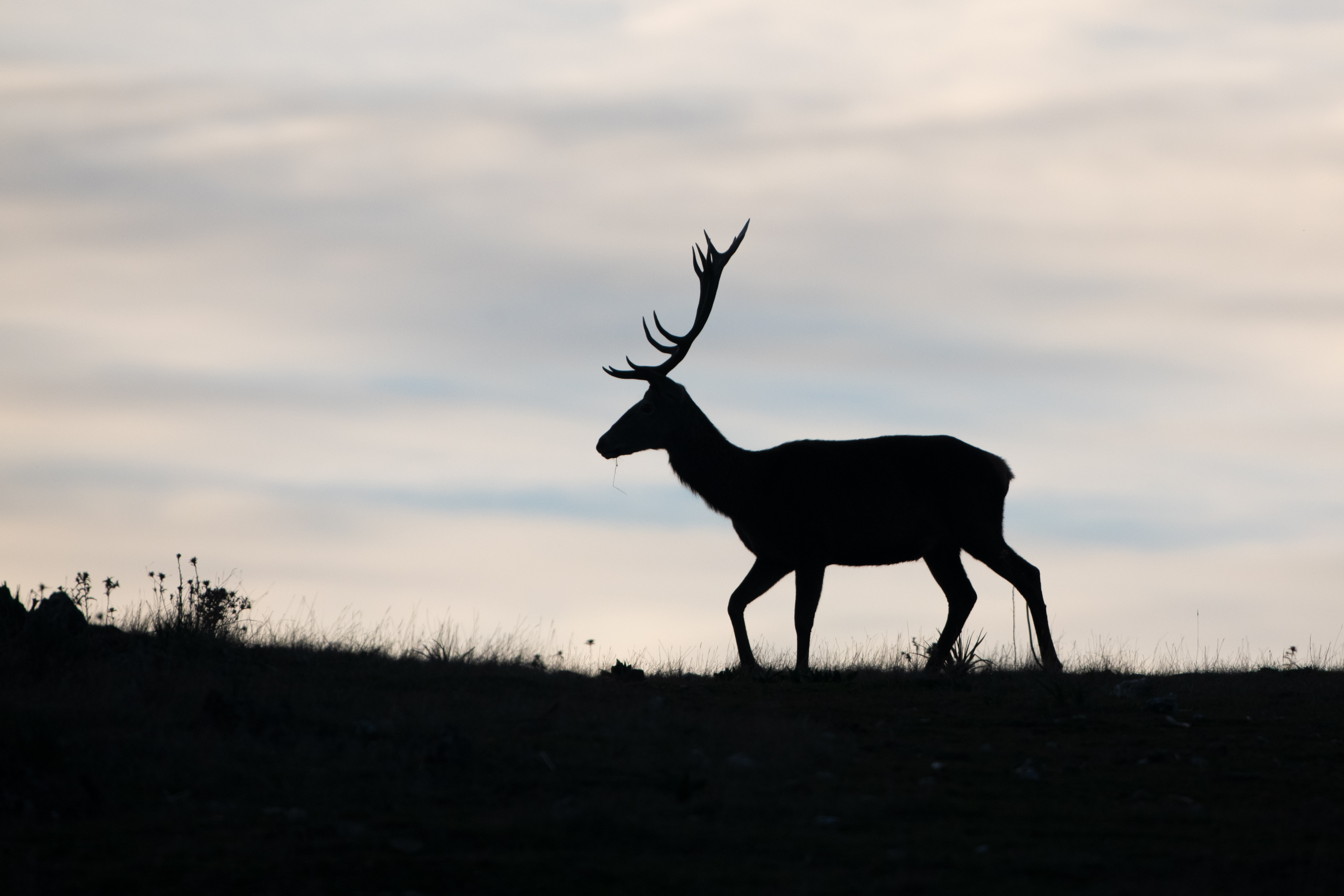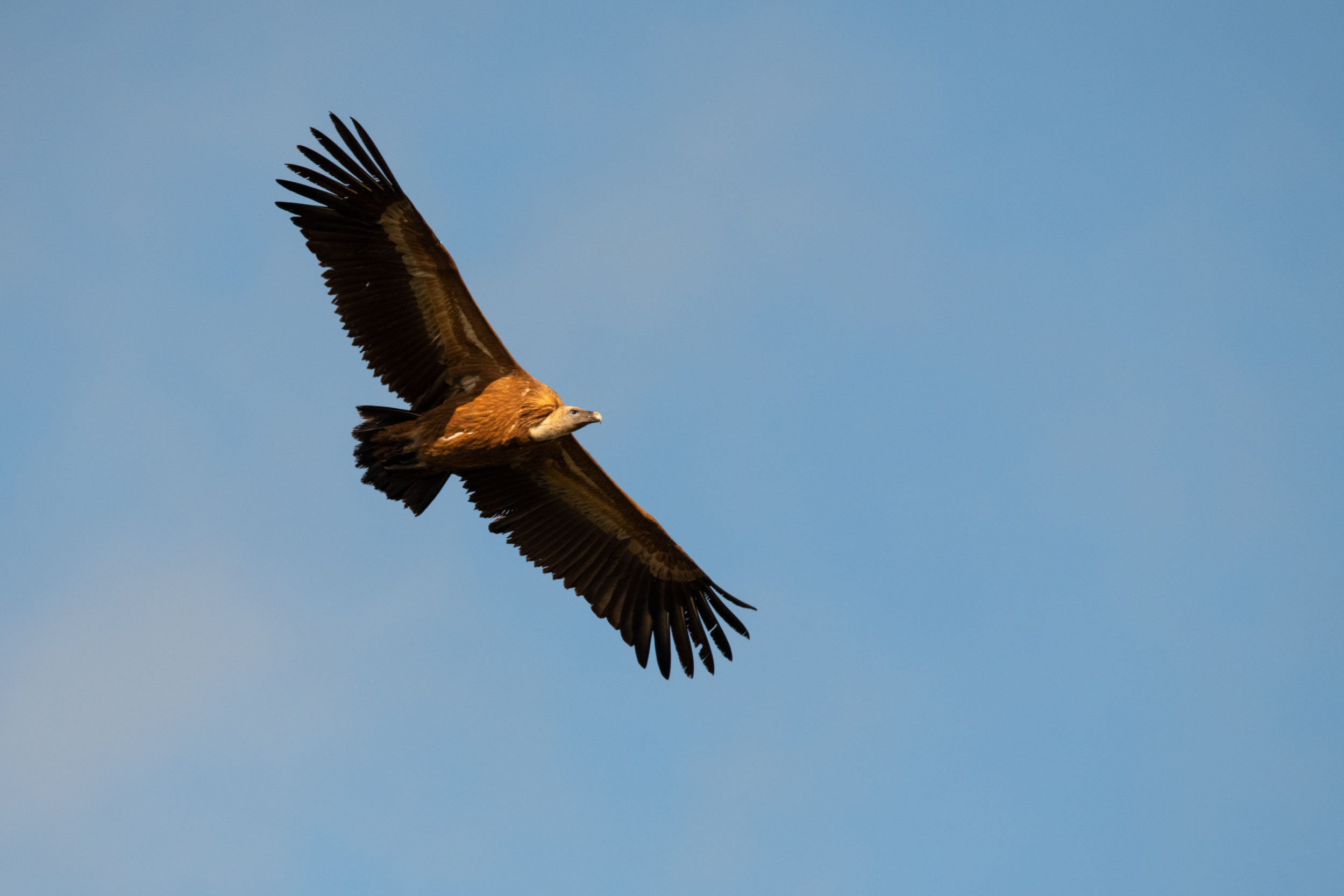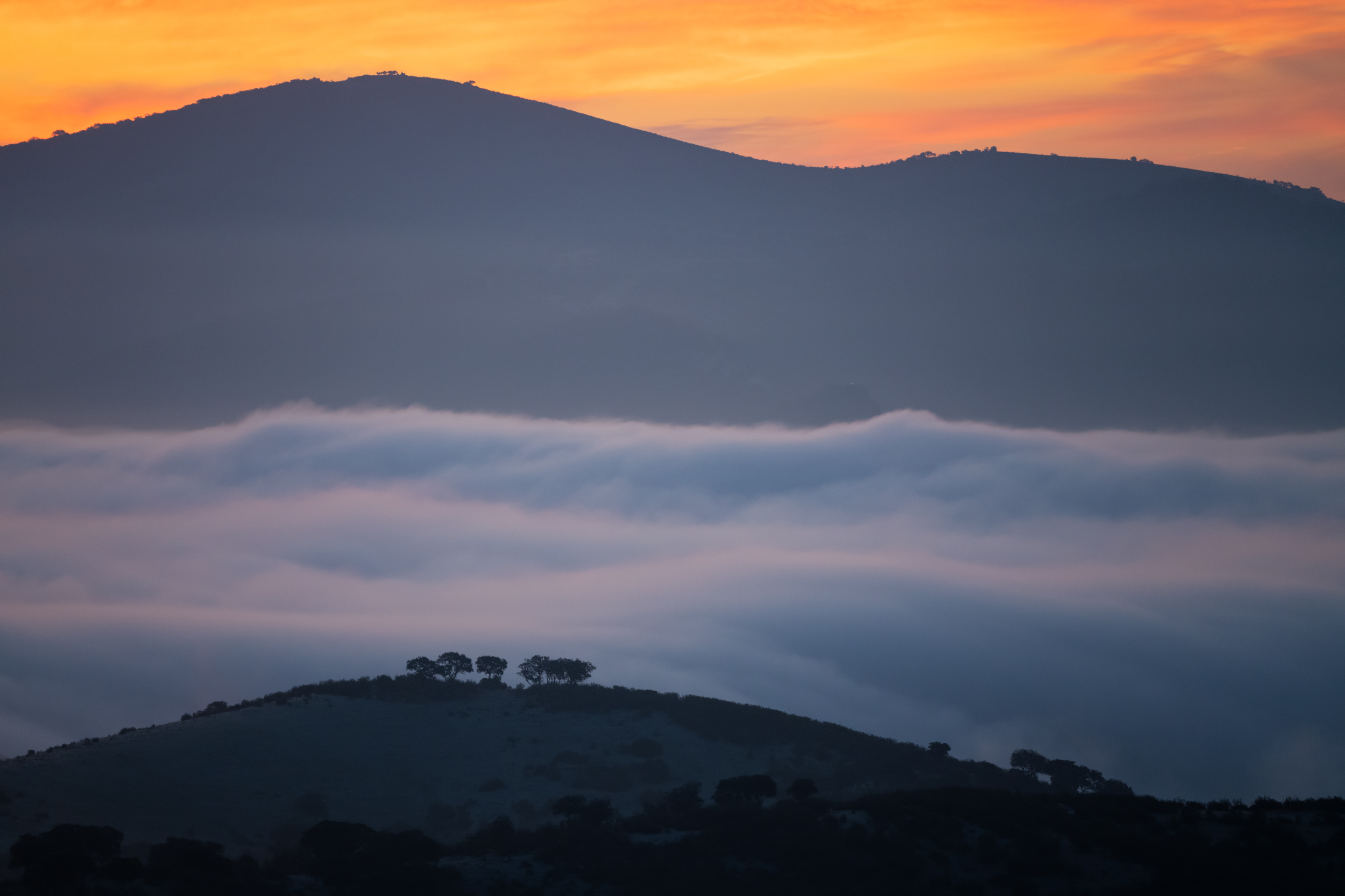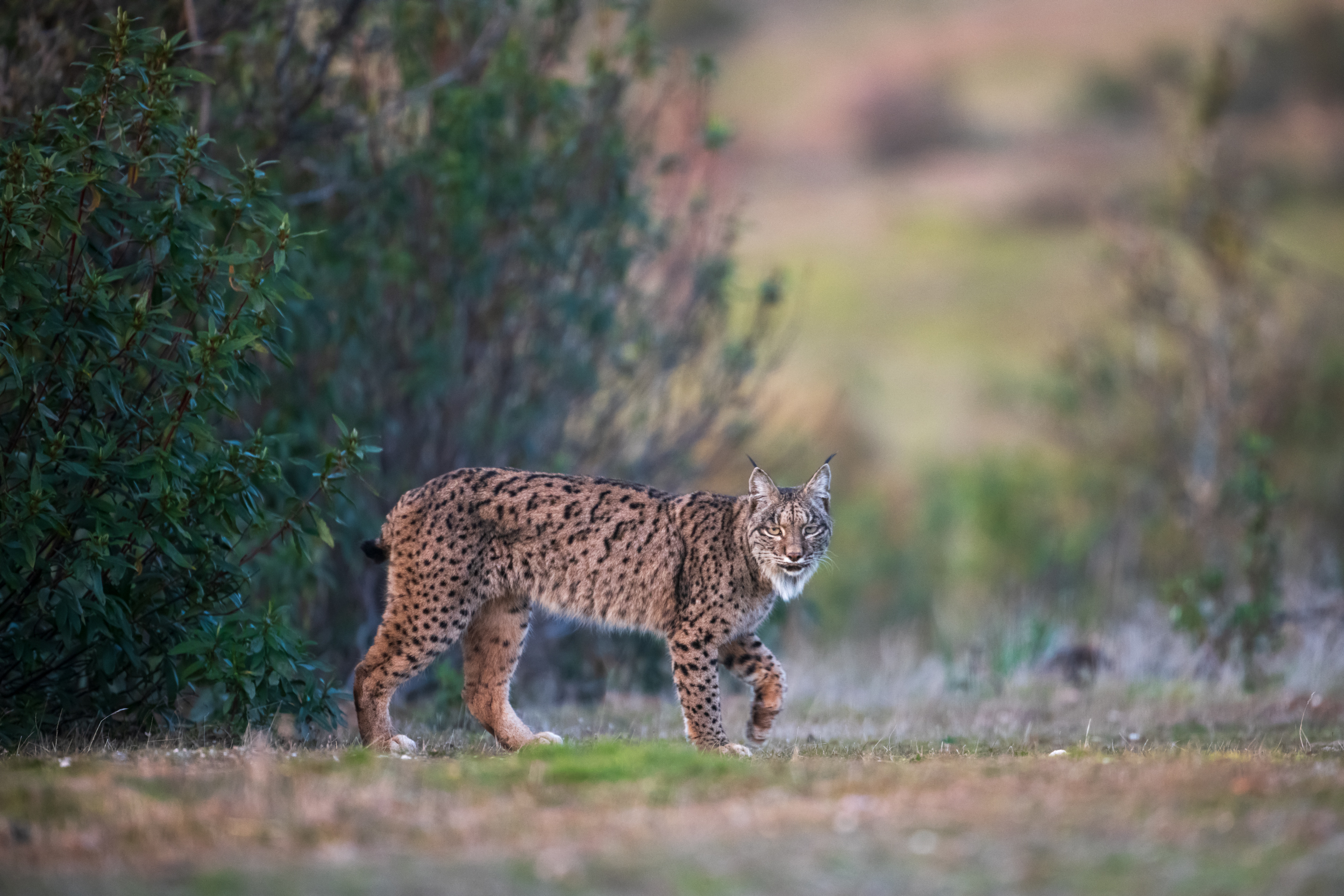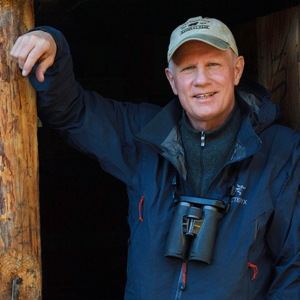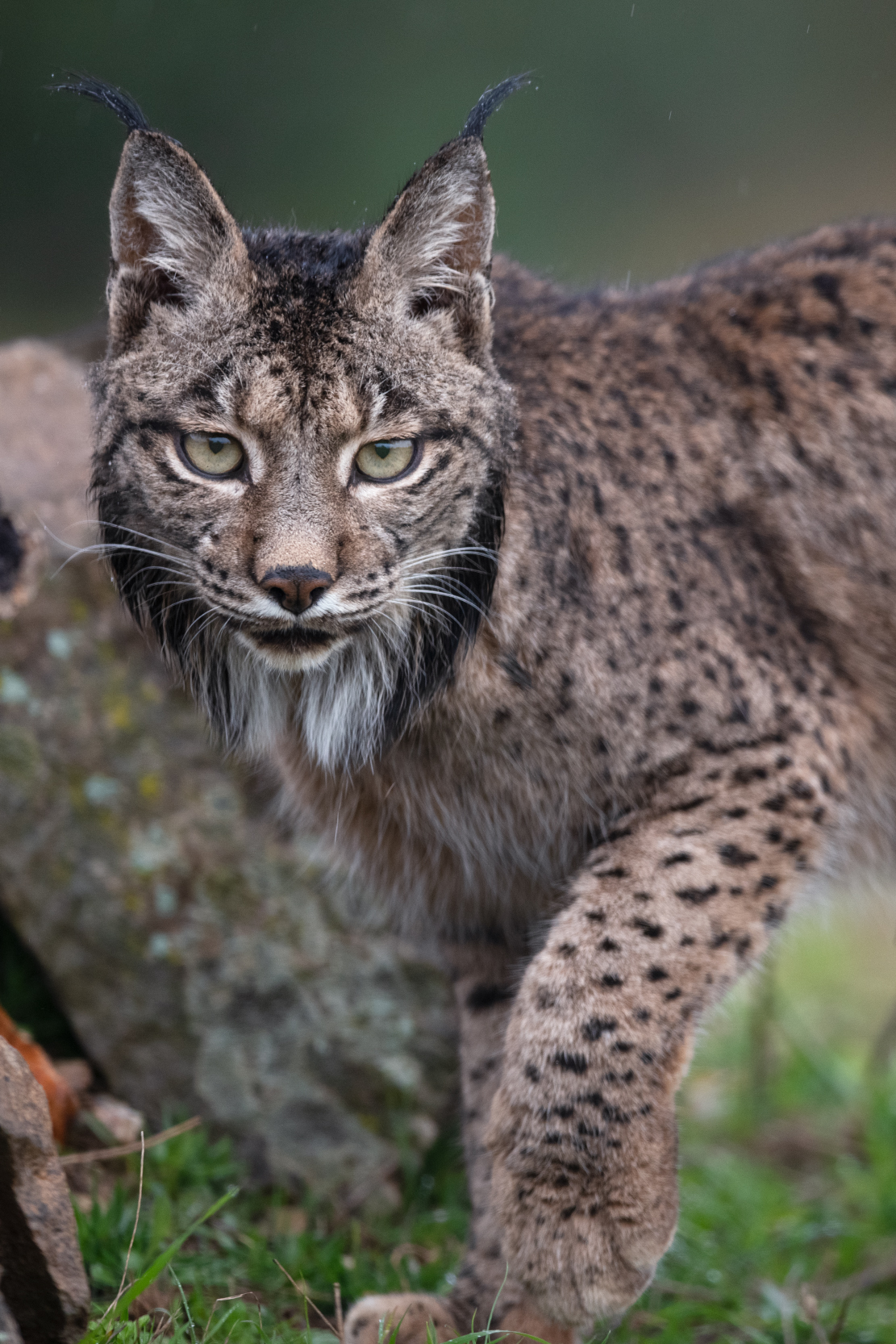Tour highlights
- You should get to see a wild Lynx at least once in your life! We can provide you with what is probably the best opportunity so far
- Well-proven photo hides for Iberian lynx, the World’s rarest cat, at the best location in Spain for it, during their most active period in the year
- Other photo opportunities include Spanish imperial eagle, Black vulture, Griffon vulture, Otter, Iberian azure-winged magpie, Golden eagle and great hides for beautiful and plentiful Red deer. Also opportunities for Iberian ibex
- Flexibility and freedom, as we stay at the same neat Casa Rural all the time and can alternate between hides, walks and safaris by car
- We are the only Swedish tour operator that runs tours to this place
- All in a fantastic Andalusian, ”Fernando the bull” landscape with idyllic pastoral sceneries and Cork oak forests, in a large private estate which is part of a larger ”Parque Natural”
- Cosy three-star Casa Rural hotel with comfortable rooms, en suite bathrooms and good food
- We contribute to conservation via the Spanish WWF ”Iberian Lynx Project”
- The tour leader will show you his favourite sites and provide photographic advice, in a small like-minded group
ANDALUSIA
This destination is in Andalusia, in southern Spain, near Malaga. We head for a private reserve, which is part of a very large nature reserve close to Córdoba, called Sierra de Andújar, one of Spain’s larger remaining, relatively undisturbed areas. The pastoral landscapes are well-managed and protected. A mosaic of mountain ridges, Olive groves, Cork oaks and old pastures in wildlife-rich valleys, with mossy boulders. Eagles and vultures are silhouetted against the skies and the bushes harbour typical cork oak birds such as Hoopoe, Thekla’s lark and Iberian azure-winged magpies Red-legged partridge and Little owl. Red Deer are common, and Otters regularly show up in the meandering rivers.
THE MYTHICAL IBERIAN LYNX
is now a very rare, threatened species. In fact, it is one of the rarest cats in the world. It is hard to describe what it is like to meet this charismatic, elegant cat. It is like a cross between a Tiger, Leopard and domestic cat. Golden eyes that seem to stare right through you, with a fantastic coat and side-burns. When you see it walking, gracefully but powerfully, you realize that you are witnessing something extraordinary, that you will remember for the rest of your life. Most photographers get an extra kick out of framing an Iberian Lynx in their viewfinder. A real adrenaline boost!
CRITICALLY THREATENED BUT ON THE WAY BACK
Many of the World’s wild cats are threatened in various ways, but hardly any of them more than the Iberian Lynx – with the possible exception of the Amur Leopard or Asiatic Cheetah. Just around 1000 Iberian Lynx live in the wild today, but even that is a great conservation success, as they were in a worse state ten years ago, with less than 100 individuals and very poor future prospects. Luckily, the EU and Spanish governments made a last minute decision not to let this species pass into history. Considerable resources have then been put into bringing the Iberian Lynx back.
The Iberian Lynx is one size smaller than the Nordic Lynx. The hind legs are typically longer than the front legs, and the tail is short with a black tip. The coat can have several shades of brown-grey and a pattern of black spots or circles. The chest and belly are lighter, as is the throat and chin. The ears have long tufts, and especially the males have side-burns and beards, almost like a small Lion’s mane. The eyes are fiery yellow, surrounded by a black- and-white accented eyeliner. Iberian Lynx prefers dry, woodland-bushy areas on sandy soil, where there are plenty of wild Rabbits – their favorite prey. Lynx used to occur all over Spain and Portugal, about 100 000 individuals, but are now limited to a few areas in southwestern Spain. In recent years they have returned to previous core areas also in Portugal, by Toledo and in the Sistema Central mountains. They have small home ranges of about 3-4 square kilometers.
Itinerary
Day 1 (8/1) (Dinner)
Arrival Málaga. Transfer from airport to a lodge in the Sierra de Andújar area.
Day 2 – 6 (9 – 13/1) (Breakfast – Lunch – Dinner)
Five full days in the field amongst the wonderful Andalusian nature, at a private, wildlife-rich estate. We can choose between various hides for Iberian lynx, Griffon and Black vulture, Golden eagle, Spanish imperial eagle and car safaris. In addition, Otters are regularly photographed along the river, without the use of hides (sometimes camouflage nets help), and the area holds Red deer, wild Rabbits and typical Cork oak birds.
The extremely rare Iberian lynx is relatively common here, and hides provide some of the best chances in Europe to see them at close range. They are regularly seen during car trips to and from the reserve in the attractive Andalusian landscape. Hides are well into the reserve and are about 45 min – 1 hr by 4×4 minibus from the hotel. Wild animals and birds are often seen on this trip, sometimes providing good photo opportunities too.
Day 7 (14/1) (Breakfast)
After breakfast we leave Sierra de Andújar for transfer to the airport in Málaga.
Error: Contact form not found.


